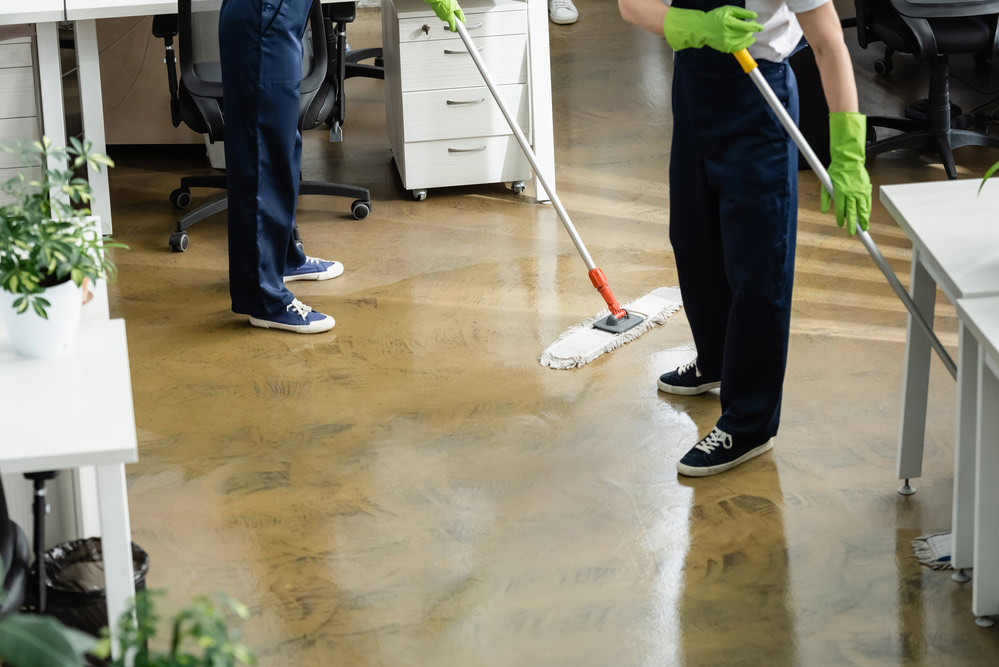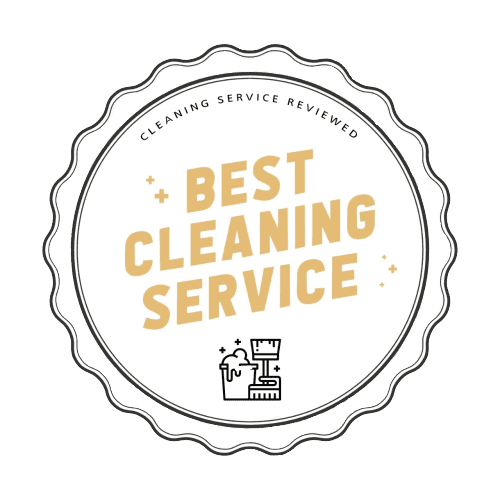
Communal areas, such as apartment buildings, shared offices, and community spaces, are often vulnerable to pest infestations that can compromise the well-being of residents and visitors alike. From rodents to insects, pests can quickly become a nuisance and even pose health risks if not dealt with quickly and efficiently. In this blog, we will explore effective strategies for preventing and addressing pest issues in communal spaces, offering valuable tips on cleanliness, maintenance, and practical solutions for handling infestations.

Proactive Prevention: The Key to Pest Control
Regular Cleaning and Maintenance
One of the most effective ways to prevent pest infestations in the first place, is to maintain a high standard of cleanliness in communal areas. Regular cleaning routines, including sweeping, mopping, and rubbish removal, can eliminate food debris and potential nesting sites. Often communal areas are missed as they don’t have a specific individual responsible for their upkeep. It is important that all residents become involved to make sure these areas are kept clean and free from pests. Encourage all users of the communal spaces to take responsibility for their cleanliness, ensuring that common areas are kept clean and tidy at all times. In many cases, it is better to use the services of a professional communal area cleaning company to avoid pest infestations.
Proper Waste Management
Pests are attracted to food sources, and improperly managed waste is a major culprit. Implement a strict waste management system, including secure waste bins with tight-fitting lids. Regularly empty and clean these bins to eliminate odours that may also attract pests. Additionally, educate users about the importance of disposing of food waste properly and responsibly.
Sealing Entry Points
Pests often find their way into communal areas through small cracks and openings in the fabric of the building. Conduct regular inspections to identify and seal potential entry points, such as gaps around windows and doors. Use weather stripping and sealant to close off these openings, preventing pests from entering in the first place.
Responding to Infestations: Swift and Effective Action
Identify the Pest
To address a pest infestation, it is crucial to identify the type of pest involved. Different pests require different control methods, so accurately identifying the culprit is the first step in formulating an effective response plan. Consult with professional pest control and cleaning companies if necessary.
Implement Targeted Treatments
Once the pest is identified, implement targeted treatments that focus on the specific characteristics and habits of that pest. This may involve the use of traps, baits, or insecticides. Whenever possible, use non-toxic or low-toxicity options to minimise the impact on human and pet health, as well as the environment.
Regular Monitoring and Maintenance
Even after the infestation is addressed, it’s essential to monitor communal areas regularly to detect any signs of returning pests. Implement ongoing maintenance measures to ensure that the environment remains inhospitable and unappealing to pests. This includes repairing any structural issues, maintaining cleanliness, and promptly addressing any emerging problems.
Managing and preventing pest infestations in communal areas requires a proactive and comprehensive approach. By promoting cleanliness, implementing preventive measures, and responding swiftly to infestations, communities can create environments that are inhospitable to pests. Remember, collaboration and shared responsibility among residents and users are key to maintaining pest-free communal spaces. Even with collaboration amongst residents, it is often better to call in the professionals and that is where The Cleaning Gurus come in. We can provide cleaners to regularly clean and monitor communal areas to avoid pest infestations happening in the first place. With these strategies in place, communities can enjoy clean, healthy, and pest-free environments for everyone to thrive.





